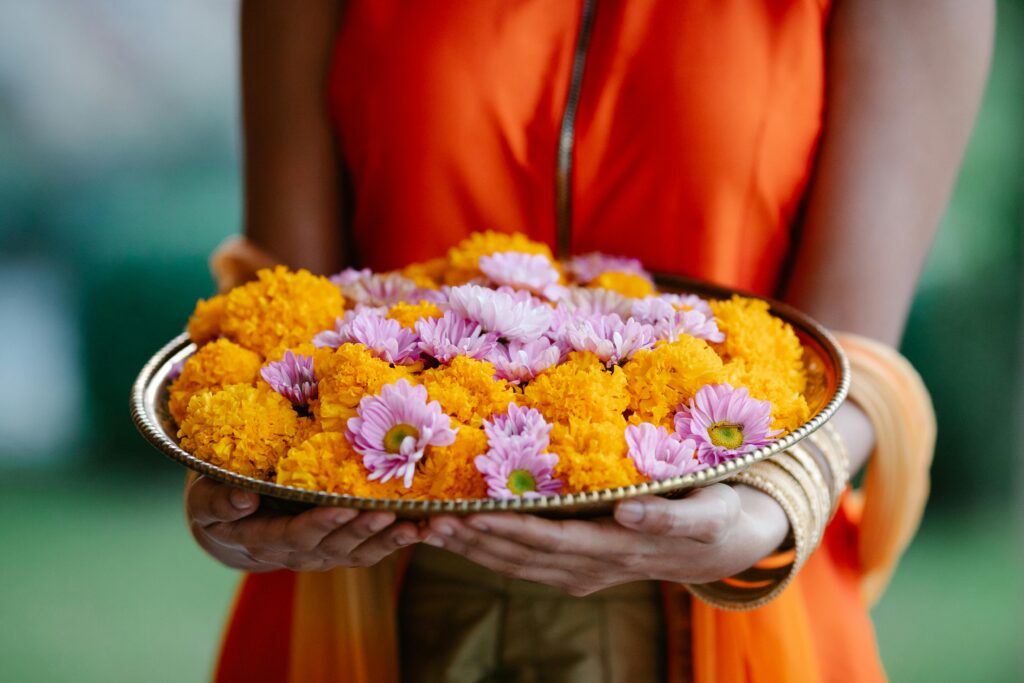Photo: Manik Mandal
At WPIC Inc., we’ve had the privilege of working with thousands of wedding planners across Canada, and we’ve seen firsthand how beautifully diverse and culturally rich weddings can be. South Asian weddings, in particular, are vibrant, meaningful, and multi-layered celebrations filled with deep traditions and joyful festivities.
As a certified wedding planner, understanding the nuances of South Asian weddings can help you build stronger relationships with your clients, create more seamless experiences, and ultimately, become a more sought-after professional.
Whether you’re just beginning to work with South Asian couples or you’re looking to refine your approach, here are some practical tips to guide you through the process.
1. Start with Cultural Curiosity, Not Assumptions
First and foremost, remember that “South Asian wedding” is not a one-size-fits-all term. It can refer to a wide variety of cultures, religions, and traditions from countries like India, Pakistan, Bangladesh, Sri Lanka, and Nepal, each with their own unique customs.
Instead of assuming, ask questions with respect and curiosity. Find out which region, community, and religious background your couple identifies with, and what traditions they want to incorporate.
Tip: In your consultation, ask open-ended questions like:
- “Are there specific cultural or religious traditions you’d like to include?”
- “Will there be multiple ceremonies or events throughout the wedding week?”
- “Are there any customs or protocols I should be aware of for your families or guests?”
Photo: Lara Jameson
2. Understand the Event Flow and Timeline
South Asian weddings often span several days and include multiple events, such as:
- Mehndi or Henna Night
- Sangeet or Garba
- Haldi or Mayoon
- The Wedding Ceremony (which may be Hindu, Muslim, Sikh, or interfaith)
- The Reception
It’s critical to understand the purpose of each event and how they flow together.
Tip: Build a master timeline early and share it with all vendors. Be clear on the differences between religious and cultural elements so you can plan accordingly.
Pro Tip: Buffer in extra time for ceremonies. They often start late due to family customs or religious rituals, and you don’t want to rush them.
3. Build a Vendor Team with Cultural Experience
Whenever possible, work with vendors who understand South Asian weddings, especially when it comes to catering, décor, photography, and entertainment. From the timing of ceremonial rituals to capturing the right moments during the Baraat or Milni, experience matters.
If your couple has selected a non-South Asian vendor, be proactive in educating them. As the planner, you’re the glue that keeps everyone aligned.
Tip: Create a “Cultural Cheat Sheet” for the vendor team with key events, protocol, and terminology.
4. Respect Religious Requirements
Depending on the couple’s background, you may need to accommodate religious protocols, such as:
- Mandap or Gurdwara setup for Hindu or Sikh weddings
- Separate prayer areas for Muslim guests
- Dietary restrictions (e.g., vegetarian, halal, or no beef/pork)
Tip: Confirm the couple’s religious preferences early and ensure their officiant is consulted on the ceremony setup. Clarify what is tradition versus what is personal preference. Some couples may blend rituals or simplify them.
5. Create a Comfortable Experience for All Guests
South Asian weddings can include hundreds of guests, sometimes over 500! With that scale, guest experience becomes crucial. Consider elements like:
- Parking and transportation for multiple events
- Comfortable seating and shaded areas for outdoor ceremonies
- Multilingual signage and programs
- Accessibility for elderly guests
Tip: Partner with a guest experience coordinator or assign multiple assistants for guest flow and support throughout the wedding weekend.
6. Be Prepared for Outfit Changes and Tight Turnarounds
Many couples and wedding parties will change outfits several times over the course of the celebration. This can impact timing, logistics, and vendor coordination.
Tip: Build dedicated “change breaks” into the timeline and communicate them clearly with the photographer, DJ, and caterers so they can adjust accordingly.
7. Be Mindful of Blended Weddings
In Canada, many South Asian weddings are blended, whether culturally, religiously, or intergenerationally. Your couple may want a fusion of traditions from both sides, or they may be navigating sensitive family expectations.
Tip: Have a private conversation with your couple about family dynamics and cultural compromises. Be a neutral, supportive presence who helps them create a celebration that reflects them while honouring their families.
Planning South Asian weddings takes extra care, cultural respect, and meticulous attention to detail—but the rewards are just as rich. When you lead with professionalism, open-mindedness, and a commitment to learning, you position yourself as a trusted guide through an incredibly meaningful celebration.
At WPIC Inc., we’re proud to see certified planners raising the bar and honouring all love stories with integrity and excellence.
Looking to expand your cultural wedding planning knowledge?
Stay tuned for advanced WPIC workshops and training opportunities to help you grow in this area.









Leave a Reply